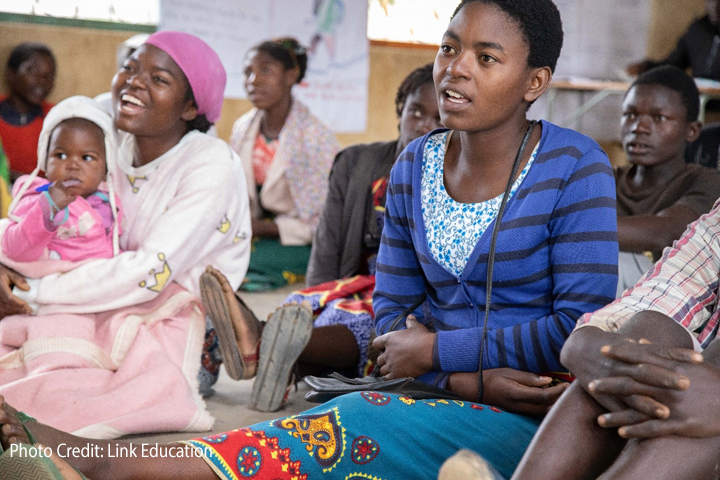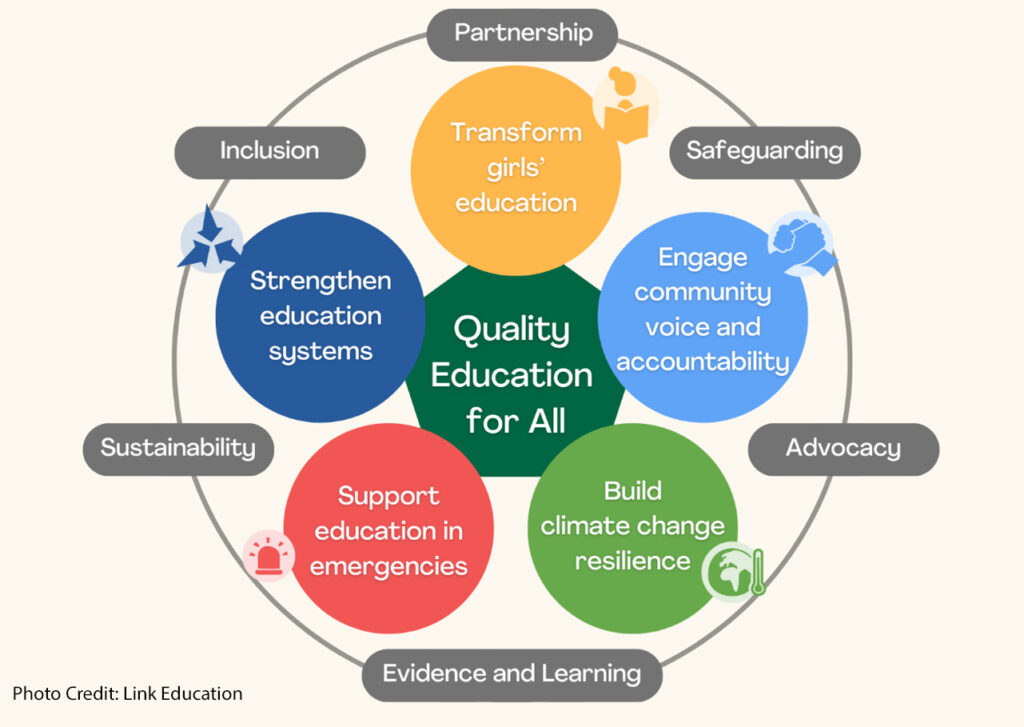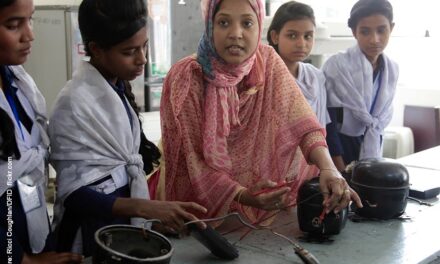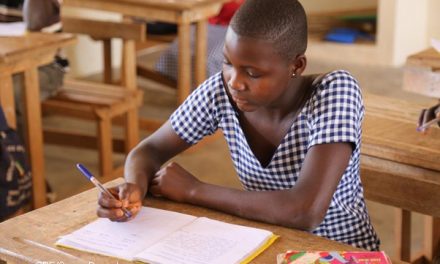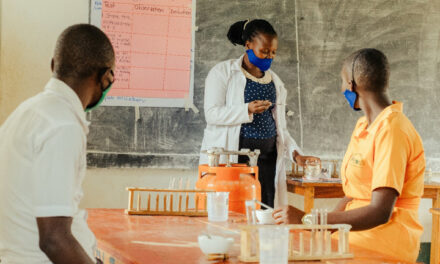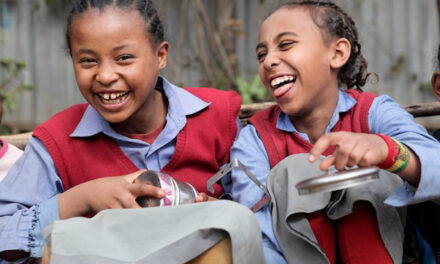This blog was written by Kate Sykes, International Programme Manager, Link Education International.
In 2021 Link Education’s global team developed five key strategic goals which will shape our work for the next decade. Aligned with the 2030 Sustainable Development Goals targets, our strategic goals set out our aims for education as the link to a thriving life and a healthier, safer and fairer planet.
The development process brought together team members from across Africa and the UK, involving weeks of discussion, planning and refining our ideas, drawing on government education strategies and feedback from the communities and schools where we work. It was inspirational for those involved, and has given our teams a stronger sense of working together across different contexts towards shared goals. We are proud of our Strategic Goals and motivated by a renewed sense of purpose.
But what does this mean for the people whose lives we are trying to transform? How do these high-level goals translate into real change for vulnerable young people who are denied the right to education?
Recognising the interrelated nature of the barriers to education, and the ways that our strategic goals interact to address these, Link’s projects are designed to approach education challenges from multiple angles.
TEAM Girl Malawi
The TEAM Girl Malawi project involves girls (and boys) who face multiple, complex barriers to education. Through community-based learning centres, young people learn basic literacy and numeracy, as well as being supported to develop resilience, self-esteem and sexual health knowledge. When they graduate, learners choose their own pathway into mainstream education, vocational training or employment.
GOAL: Transform girls’ education
TEAM Girl Malawi is supporting the right of all girls to a quality education. Using an inclusive education approach, facilitators tailor lessons to support each child’s needs, considering factors such as gender, disability, and poverty. Participants praised the community learning centres for holding lessons at a time and place that suits them, providing access to childcare and support during pregnancy, teachers who provide additional support to girls who need it, with small groups and take-home work that was tailored to their needs, and building in strong protections so that girls felt safe to attend.
96% of girls and 89% of community members reported that the project had increased access to education
88% of girls improved in reading
86% of girls improved in maths
“I didn’t even know how to write my own name, but now, I know how to write it”
– Learner
Confidence and self-esteem are essential for girls to pursue their education. Through weekly Girls’ Clubs, the project supports girls’ personal development, covering topics such as menstruation, sexual health, early pregnancy, HIV prevention and resilience.
83% of girls showed improved life skills
GOAL: Engage community voice and accountability
The project recognises that the barriers girls face do not exist in a vacuum. We work with communities and local leaders to create lasting change for girls beyond the life of the project. Community members participate in the project by sitting on the Learning Centre Management Committees, providing practical support in the classroom, influencing community attitudes to girls’ education and safety, and attending adaptive management meetings where they hold the project accountable and find local solutions to local problems.
“The data provided a wealth of clear, unequivocal responses about how child protection had improved since TEAM Girl Malawi began operating… Respondents provided detailed, specific examples and stories which make this one of the most dependable, evidence-supported areas of the qualitative investigation.” – External Evaluation
GOAL: Strengthen education systems
By working in partnership with government and demonstrating the effectiveness of an inclusive education approach, we have the opportunity to influence the way complementary basic education is delivered by the Ministry of Education and other actors in Malawi, thereby strengthening the education system.
“We are part of these teams as they train the facilitators and as we work with the communities,
they are always together, and they are making an impact together—they are just one in the work”
– District Official
Do the strategic goals make a difference?
Link’s global theory of change flows from our strategic goals. Evaluating projects like TEAM against this enables us to track the impact of this focus on the lives of our participants. Our strategic goals help us to focus on the key drivers of change, without losing sight of the wider picture. The impact of TEAM on vulnerable girls in Malawi is clear. Over time we will combine this with learning from across our programmes in Africa to assess whether the strategic goals are really transforming lives through education.

